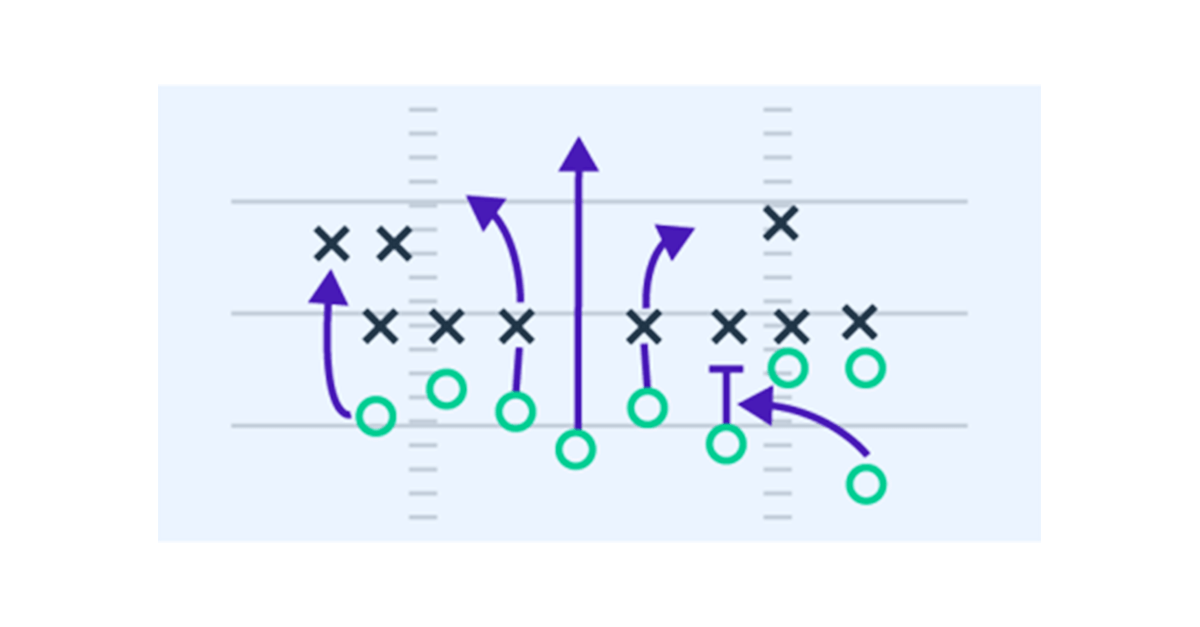How a startup financial model can boost your business: A monthly playbook
The learning curve is always steep when you’re starting a new business from scratch. You don’t always know which marketing channels will be...
Diving into budget models is far from just playing with numbers; think of it as your strategic secret weapon for driving your business to new heights.
With an average ROI sitting at 3800%, understanding the nuts and bolts of various budgeting methods is not merely beneficial—it’s essential.
But with a sea of options, from incremental to zero-based budgeting, making sense of what works best can seem like finding a needle in a haystack.
In this era where every penny counts more than ever, adopting an effective budget model could be the linchpin in achieving your financial goals.
Let’s embark on this journey together, dissecting proven strategies that keep you ahead in the game without falling into the dreaded pitfall of inefficiency.
If you need assistance in navigating these waters, consider our financial modeling services.
Key takeaways:
Budget models are just one of the many types of financial models. are the backbone of any organization's financial planning. They provide a roadmap for allocating resources and achieving strategic goals.
There are several types of budget models, each with its strengths and weaknesses. Some common ones include:
The right model depends on your organization's size, structure, and objectives.
Regardless of the specific model, all effective budget models share certain key components:
All these parts come together to build a solid financial plan from the ground up.
Implementing a well-designed budget model can yield significant benefits, such as:
A robust budget model is essential for any organization looking to optimize its financial performance.
With so many budget models to choose from, it can be challenging to determine the best fit for your organization. Now, why don't we dive into some of the hottest picks on the market?
Incremental budgeting starts with the previous year's budget and makes adjustments based on new information or priorities. It's straightforward and follows a well-trodden path, but it can also keep old, inefficient methods alive.
In contrast, zero-based budgeting starts from scratch each year, requiring every expense to be justified. While this method can pinpoint where resources are being wasted, it does eat up a lot of time and might encourage focusing too much on the here and now rather than long-term benefits.
Activity-based budgeting allocates resources based on the cost of specific activities or programs. It provides a clear link between spending and outcomes but can be complex to implement. Responsibility center management decentralizes budgeting to individual units, giving them more autonomy and accountability.
This model can incentivize innovation and cost savings but may lead to siloed decision-making.
Performance-based budgeting ties funding to specific outcomes or metrics. While it can kick your progress into high gear, pinning down what success looks like and how to track it isn't always straightforward.
In the end, picking the right model comes down to what your organization is aiming for and what you need.
Once you've selected a budget model, the real work begins. Starting something new means you've got to plan it out well and then bring that plan to life with care.
The first step is to ensure that your budget model supports your organization's strategic objectives. So, what we're talking about here is figuring out what really matters and then making sure the right amount of effort and resources go exactly where they need to.
For example, if expanding online learning is a top goal, your budget should reflect investments in technology, faculty training, and course development.
Next, you need to understand where your budget revenue comes from and what costs contribute to expenses. This may involve analyzing historical data, conducting market research, or engaging stakeholders.
A clear picture of your financial landscape will help you make informed decisions about resource allocation.
Finally, you must determine how to allocate your financial resources in a way that maximizes impact and minimizes waste.
We've got to find the sweet spot between what we need right now and making sure we're set for the future.
Effective allocation also means being willing to make tough choices and trade-offs based on your strategic plan.
Implementing a budget model is just the beginning. To get your finances singing, it's all about keeping an eye on things and being ready to mix up your strategy when needed. Your budget model should be a living document that evolves with your organization.
Regularly reviewing and adjusting your assumptions, projections, and allocations is essential.
This may involve conducting variance analyses, seeking feedback from stakeholders, or benchmarking against peers.
Effective budgeting is a collaborative process that requires input and buy-in from across the organization. Involving stakeholders in the planning and decision-making process can improve transparency, accountability, and alignment.
Consider forming a budget committee or holding regular town hall meetings to gather feedback and ideas.
Finally, don't underestimate the power of technology to streamline and optimize your budgeting process. Tools can help automate data collection, analysis, and reporting. Investing in the right technology can save time, reduce errors, and provide real-time insights into your financial performance.
Sometimes the best way to learn is by example. Let's take a look at some real-world case studies of successful budget model implementations.
The University of Michigan implemented a new budget model in 2017 that has helped improve transparency, accountability, and alignment with strategic priorities. The model includes a central fund for strategic investments and incentives for units to generate revenue and control costs.
A bunch of states, Tennessee and Ohio included, have started tying the money they give to colleges to how well these schools perform.
These models allocate state funding based on metrics like graduation rates, retention, and job placement.
Sure, these models haven't been a walk in the park, but they've helped get school priorities and state goals on the same page, not to mention boosting student success.
Across these case studies, some common themes emerge:
Taking a page from the playbook of others, their wins, and bumps in the road can help you sketch out your game plan for your group.
The truth about navigating through different budget models is far simpler than one might assume—cutting through Hollywood-esque complexities isn’t part of it.
Slipping these systems into our business setup might not make the headlines, but they quietly transform how we work every day and secure our future success.
This exploration sheds light on managing finances smarter—not harder—and why sometimes stepping back to assess our approach can reveal pathways we never knew existed.
From automated fraud detection systems showing us how AI serves rather than scares to inbound marketing principles teaching us about freedom and sustainability—these lessons pave the way for revolutionary changes in handling budgets effectively.
For more information, connect with Forecastr today!
Get notified about new events, free resources, and fresh content

The learning curve is always steep when you’re starting a new business from scratch. You don’t always know which marketing channels will be...

1 min read
Think about your personal hygiene. You brush your teeth daily, take regular showers, and tidy up your surroundings. If you wrote it all down on...

Running a startup or a small business can feel like sailing through uncharted waters when you’re managing finances. As a founder, keeping your ship...